Hurricane
Preparedness. Are you ready?
It is North
Carolina’s 2020 Hurricane Preparedness Week
– a time for everyone to make
weather-readiness a priority.
The entire state is
susceptible to impacts from a tropical
cyclone. The first step to preparedness is
determining what types of wind and water
hazards occur where you live. High winds,
storm surge, inland flooding, and tornadoes
all pose a significant threat to life and
property from the mountains to the coast.
Even when hurricanes stay out at sea, the
North Carolina coast can still be impacted
by large swells and deadly rip currents,
thus making it important to stay aware of
the tropics and weather forecasts all
throughout the hurricane season.
The most active
months for tropical systems in North
Carolina are August, September, and October.
However, hurricanes have wreaked havoc as
early as June and as late as mid-November.
The peak tropical activity usually occurs in
a six week period from mid-August to late
September. During active cycles in hurricane
activity, North Carolina can experience
multiple hurricanes and tropical storms
within weeks of each other.
Make a pledge to
prepare for this hurricane season by
completing an emergency preparedness plan
and creating or updating your emergency kit.
An informed and motivated public will
transform the way North Carolinians respond
to hurricane seasons and, ultimately, save
more lives and livelihoods.
For more information
about hurricane preparedness, please visit
the following sites:
Monday info for Hurricane Preparedness Week
Storm Surge
One of the greatest
potentials for loss of life related to a
hurricane is from the storm surge. Storm
surge is simply water that is pushed toward
the shore by the force of the winds swirling
around the storm. This rise in water level
can cause severe flooding in coastal areas,
particularly when the storm tide coincides
with the normal high tides. It is important
to keep in mind that storm surge is not a
factor in the Saffir-Simpson Hurricane
Scale. Know that even a tropical storm or
Category 1 hurricane can have a devastating
storm surge if the proper conditions exist.
Develop an Evacuation Plan
The first thing you
need to do is find out if you live in a
storm surge hurricane evacuation zone or if
you’re in a home that would be unsafe during
a hurricane. If you are, figure out where
you’d go and how you’d get there if told to
evacuate. You do not need to travel hundreds
of miles. Identify someone, perhaps a friend
or relative who doesn’t live in a zone or
unsafe home, and work it out with them to
use their home as your evacuation
destination.
Know Your Zone (KYZ)
After being piloted
during the 2019 hurricane season, state and
county emergency management will partner to
officially launch the Know Your Zone
initiative prior to the peak of the 2020
season. Know Your Zone is a cooperative
effort of NCEM and county emergency
management partners in coastal counties.
North Carolina KYZ is a tiered evacuation
system that highlights areas most vulnerable
to impacts from hurricanes, tropical storms,
and other hazards.
In preparation for the launch of KYZ and the
coming hurricane season, visit
http://knowyourzone.nc.gov
for an interactive lookup tool, FAQ, and
other educational resources.
Be ReadyNC,
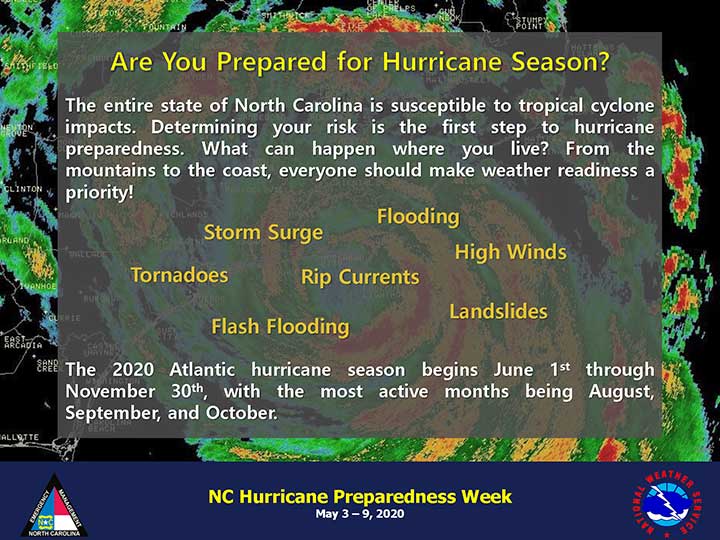
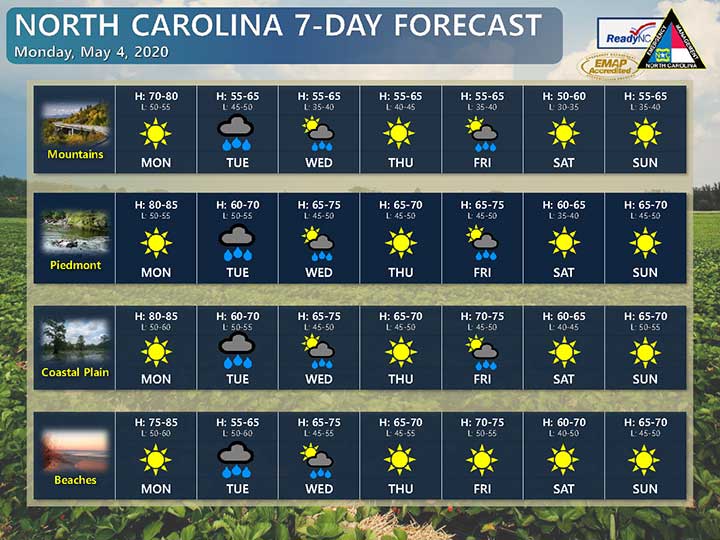
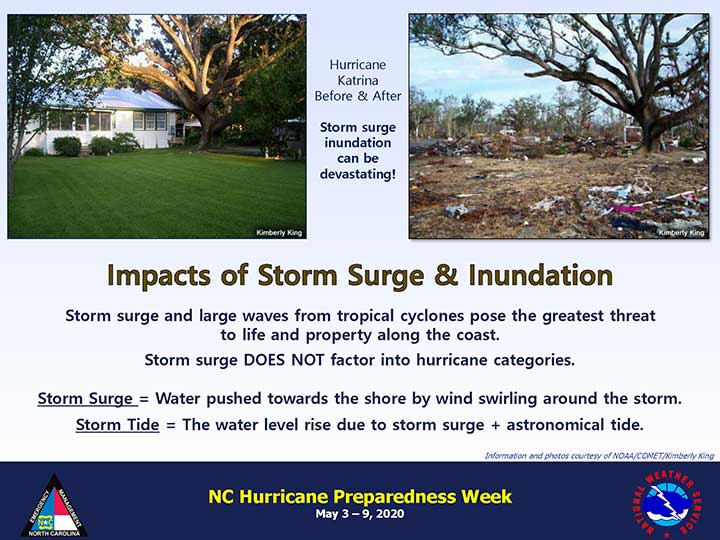
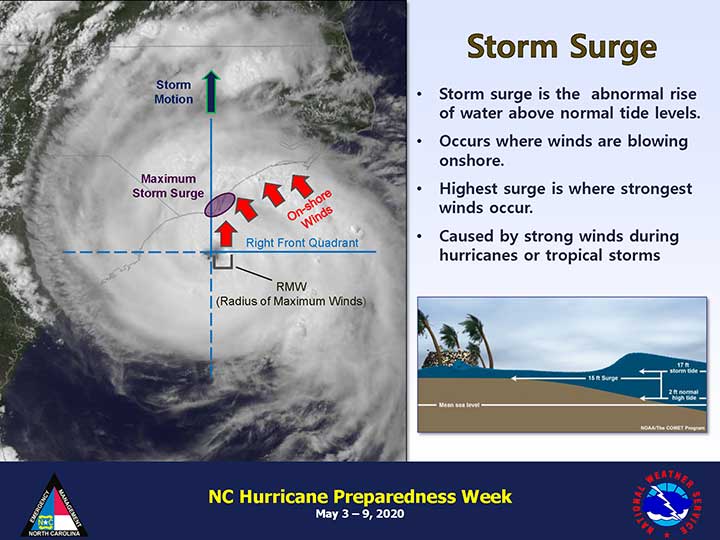
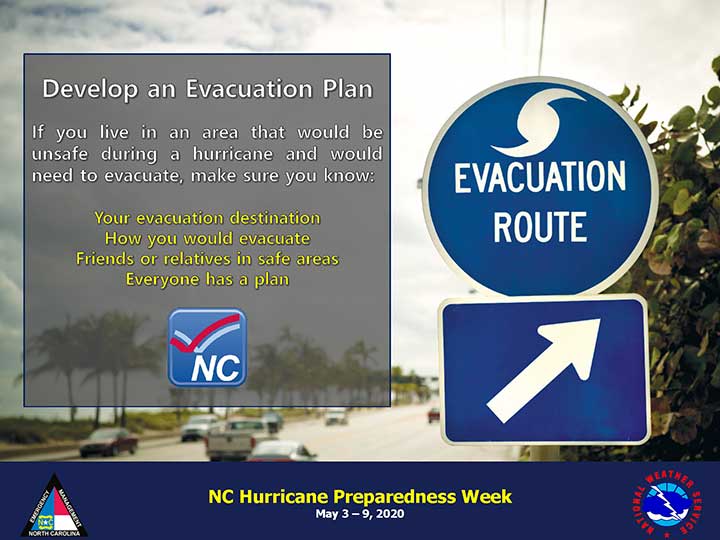
View these in PDF form.

